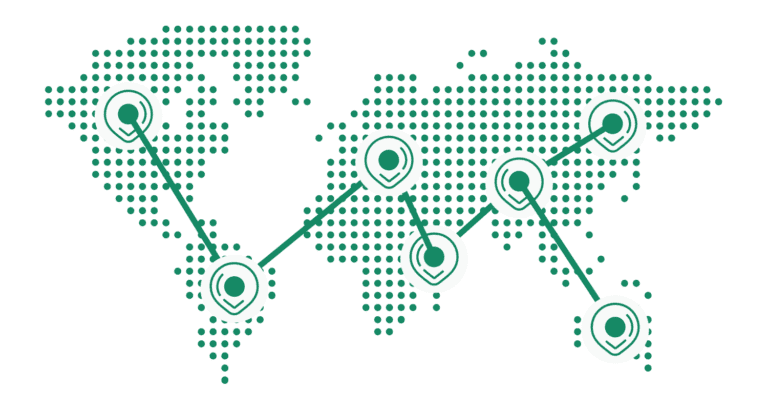The new version of Cato Networks SASE recognizes the device type with which network users connect. The distinction between business and personal devices enables new, effective policies.
Cato Networks develops a SASE solution. Customers’ applications and users connect to an SD-WAN. Network traffic is secured with modern measures, including Zero Trust Network Access (ZTNA) and a Cloud Access Security Broker (CASB).
ZTNA and CASB enable organizations to manage user access to applications. Users are placed in categories based on behaviour. Administrators can configure user access to applications per category.
Starting today, Cato Networks recognizes the device type with which a user connects: personal (BYOD) and business. The information is useful for new, detailed policies.
How does it work?
Suppose a user is placed in a category with limited network access. The new update allows the user’s permissions to depend on the device type he or she is working with.
If the user’s connecting with a BYOD device, all access to a video conferencing tool can be revoked. If the same user connects using a business device, partial access can be granted. The possibilities extend to any policy, user category and application type.
The zero trust balance
Zero trust security inevitably restricts users’ freedom of movement. Each restriction can come at the price of accessibility. The trick is to find an optimal balance between accessibility and security. And the more factors weighed to decide on a user restriction, the better the balance.
The device used (business or personal) undoubtedly influences a users’ risk factor. Network security solutions must be able to differentiate between devices. As of today, Cato Networks’ network security meets that standard.
All Cato Networks SASE Client users gain access to the new functionality.
